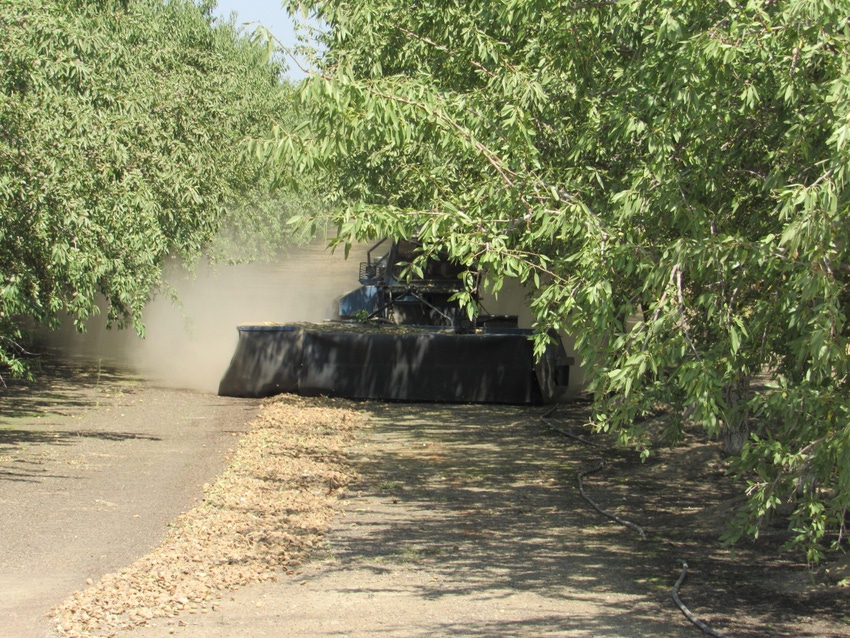
On June 15, India announced new import tariffs on 28 U.S. products, including almonds, walnuts, apples, pears, and other products. Initially India has held up a plan to impose tariffs on many U.S. goods after President Trump announced the steel and aluminum tariffs on our trading partners last year.
India has been embroiled in a trade dispute, attempting to hold on to a U.S. trade program that would benefit developing countries. As part of that program, India has enjoyed over $5 billion in duty-free trade with the U.S. every year.
Under privileges granted under the U.S. Generalized System of Preferences (GSP) trade program, designed to help redeveloping countries, 120 designated nations qualified for the duty-free program, of which India was the largest.
But the Trump administration has stopped the trade program benefits to India until a new trade deal can be negotiated, which has drawn the ire of India’s trade ministry that subsequently called for the new tariffs on U.S. goods immediately following the Administration’s action.
India currently ranks as our ninth largest trade partner in goods with an estimated $87.5 billion in two-way trade last year. U.S. trade with India has been increasing in recent years with U.S. exports up $33 billion last year, an increase of over 30-percent from the previous year.
The India tariffs on U.S. goods will be particularly painful for California nut growers who looked to increase nut marketability in India to help reduce the higher cost of trade with China as a result of the Trump trade war.
While cotton, fresh fruit, and dairy products will also feel the sting of India’s new tariffs on U.S. goods, nut and apple growers will feel the heat more than most. Tree nuts are the top farm export to India, at $662 million in 2018; fresh fruit ranked number two with $163 million.
As of April, India had already purchased $192 million worth of almonds, or over 76 percent of all U.S. in-shell almond exports.
Reactions across the tree nut industry so far have been one primarily of regret that trade policy actions by the U.S. have greatly affected U.S. farmers, including West Coast nut producers.
On the eve of a planned state visit to India, California Congressman Josh Harder sent a letter to Secretary Mike Pompeo asking him to engage in a conversation with India’s trade officials during his scheduled visit. Harder’s 10th congressional district is home to one of the largest almond orchard regions in the Golden State.
In the letter Harder expressed the serious hardship this new round of tariffs on tree nuts will cause on top of the massive Chinese tariffs imposed earlier this year as trade disputes continue to be negotiated.
On June 25 U.S. Agriculture Secretary Sonny Purdue admitted to a CNN reporter that farmers are some of the hardest hit by current trade sanctions and disputes and said he has told President Trump that “patriotism does not pay their bills.” He also said the White House has been responsive with their new round of market facilitation payments plan and the administration is aware and concerned about the hardships trade issues have been on U.S. agriculture.
But as harvest looms ahead in the coming months and with the holiday season just around the corner, consolation alone falls short of providing much confidence for producers who say they are ready for a permanent resolution to trade issues and a return to normalized trade relations to help in their efforts to recover from the damages they have already suffered.
For more news on tree nuts as reported by growers and farm advisors, subscribe to the Tree Nut Farm Press e-newsletter.
About the Author(s)
You May Also Like






